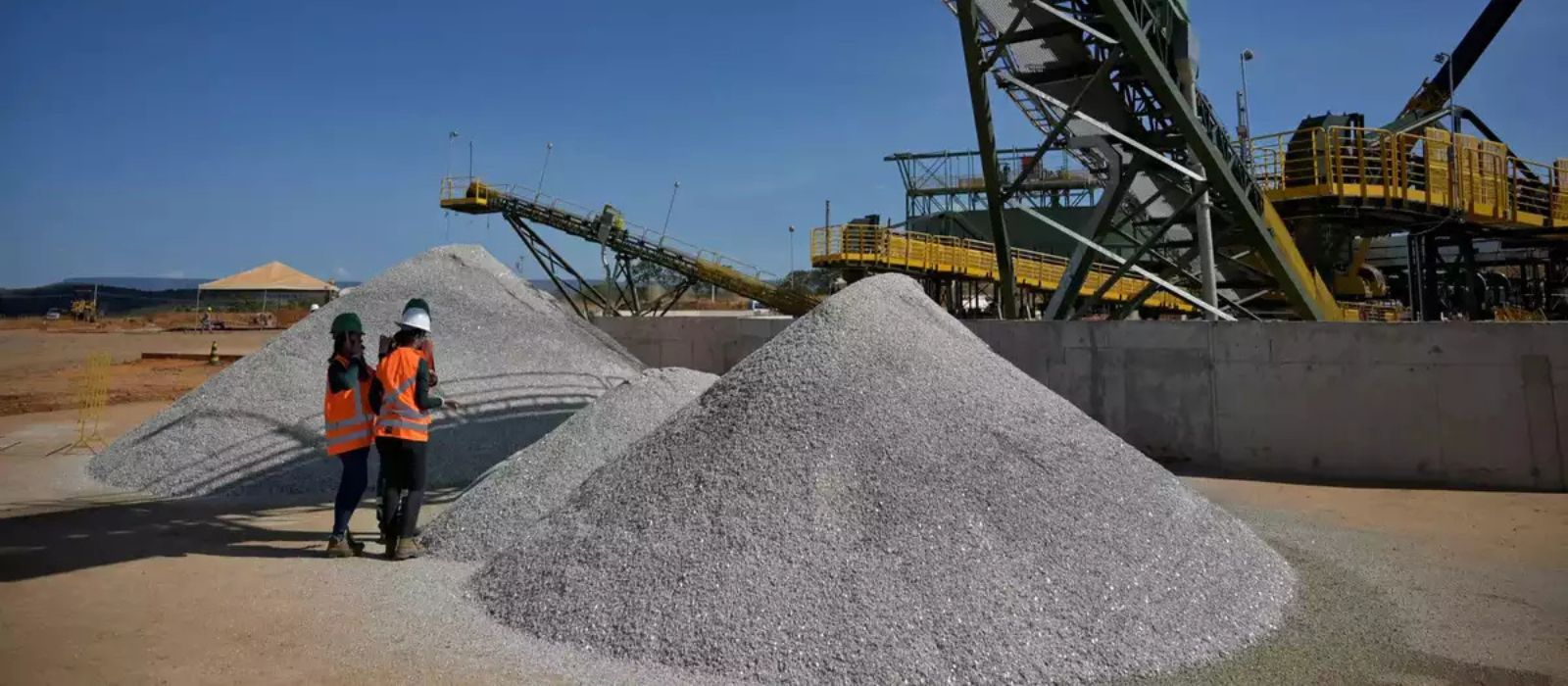
Zimbabwe is positioning itself as a significant global player in the lithium market by leveraging its vast reserves of this critical mineral to attract strategic investments. This ambition is underscored by a $270 million project initiated in collaboration with a Chinese mining corporation, a venture the government expects will be justified by the upward trajectory of lithium prices in global markets.
This project aligns with Zimbabwe’s broader strategy to capitalise on the surging demand for lithium, a vital component in electric vehicle batteries and renewable energy storage systems. As countries accelerate their transition to cleaner energy sources, the demand for lithium has seen an unprecedented rise, positioning it as a cornerstone of the global green energy revolution.
The Zimbabwean government has emphasised the role of lithium as a critical driver for economic revitalisation. With mining contributing over 60% of the country’s export earnings, investments in high-demand minerals such as lithium are seen as pivotal to strengthening its economic resilience. The collaboration with China is particularly noteworthy given China’s dominance in global lithium processing and its expertise in building efficient supply chains for critical minerals.
The project, spearheaded by a Chinese consortium, focuses on lithium extraction and processing at Zimbabwe’s Bikita mines. The site, located in the southern Masvingo Province, is among the most promising deposits of spodumene—an ore high in lithium content. The anticipated production scale not only positions the venture as one of Zimbabwe’s flagship mining projects but also underscores the country’s potential to emerge as a key supplier in the global lithium market.
China’s involvement reflects its broader investment patterns in African mineral resources, a dynamic that has often been framed as mutually beneficial yet sometimes controversial. The partnership underscores Zimbabwe’s intent to forge pragmatic alliances with foreign investors, leveraging its mineral wealth to stimulate domestic economic growth. However, such collaborations also highlight the delicate balance between maximising national benefits and addressing concerns of resource dependency or inequitable revenue sharing.
The economic rationale for the project is firmly tied to lithium’s market trajectory. Analysts forecast sustained growth in lithium prices, driven by an expanding market for electric vehicles (EVs) and advancements in energy storage technologies. The International Energy Agency (IEA) projects that global lithium demand could quadruple by 2030, a projection that has bolstered Zimbabwe’s confidence in its mining strategy. Additionally, the lithium-ion battery market, a key consumer of this mineral, is expected to grow at a compound annual growth rate (CAGR) exceeding 10% over the next decade.
Despite the optimistic outlook, challenges remain. The volatility of global commodity markets and evolving geopolitical dynamics could influence lithium’s pricing and demand patterns. Moreover, Zimbabwe’s mining sector has faced scrutiny over environmental impacts and governance issues, raising questions about the long-term sustainability of such projects.
The government has expressed its commitment to mitigating these concerns by strengthening regulatory frameworks and ensuring adherence to international environmental and labour standards. Authorities have underscored the importance of transparent revenue management, aiming to channel mining revenues into critical sectors such as education, healthcare, and infrastructure development.
Zimbabwe’s pursuit of value addition within the lithium supply chain is another key component of its strategy. By promoting local beneficiation, the government hopes to retain a larger share of the mineral’s value, reducing its reliance on raw ore exports. This aligns with Africa’s broader vision of leveraging its natural resources to support industrialisation and economic diversification.
The Bikita project is expected to generate significant employment opportunities and foster skills development within local communities. Proponents argue that these socioeconomic benefits, coupled with the potential fiscal windfall from lithium exports, could provide a vital impetus for Zimbabwe’s developmental goals. Critics, however, caution against over-reliance on a single commodity and advocate for a diversified economic approach.
As the global energy transition gains momentum, Zimbabwe’s aspirations in the lithium market reflect a broader shift in resource geopolitics. With nations racing to secure critical minerals, resource-rich countries like Zimbabwe are uniquely positioned to shape global supply chains. Whether Zimbabwe can fully realise this potential will depend on a confluence of factors, including effective policy implementation, strategic partnerships, and the successful navigation of market uncertainties.
In this evolving narrative, the $270 million collaboration with China serves as both a symbol of opportunity and a litmus test for Zimbabwe’s ability to harness its natural resources responsibly. If successful, this initiative could pave the way for further investments, solidifying Zimbabwe’s status as a crucial player in the global green energy ecosystem.
Disclaimer: The views and opinions expressed in this article are those of the author and do not necessarily reflect the official policy or position of My Afrika Magazine. All content provided is for informational purposes only and should not be construed as professional advice. My Afrika Magazine makes no representations regarding the accuracy, completeness, or reliability of the information contained in this article. Readers are encouraged to independently verify any facts presented. My Afrika Magazine assumes no liability for any losses, damages, or other consequences that may arise from reliance on the information provided in this article.


